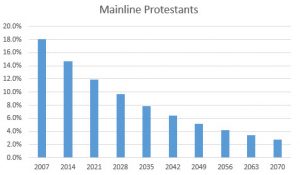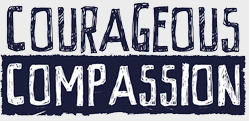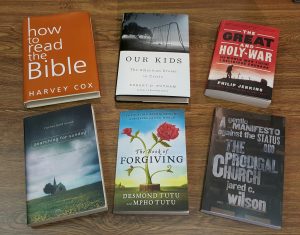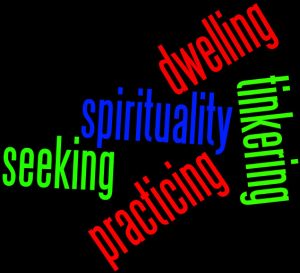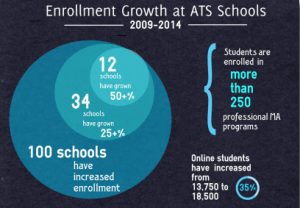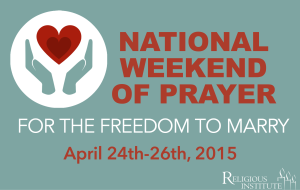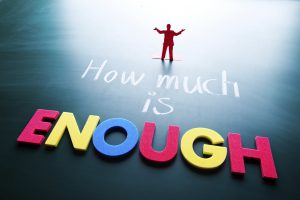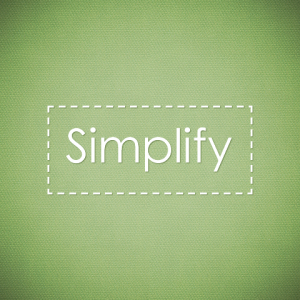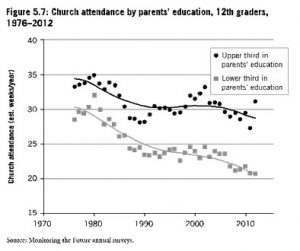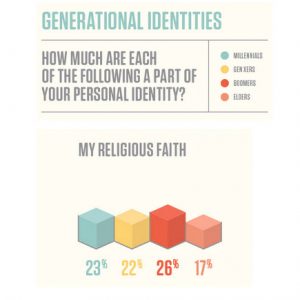In 2007 the Pew Research Center conducted their initial U.S. Religious Landscape Study. The 2014 edition, published earlier today, shows Christianity declined by 8% in America over the last seven years (78.4% to 70.6%). Allowing for the margin of error, this means the number of Christian adults in the U.S. has shrunk by somewhere between 2.8 million and 7.8 million. Decline Impacts All Christian Traditions Mainline Protestants and Catholics top the list for Read More …
Sermon: Courageous Compassion (#1550)
Sermon Text: Ephesians 4:32 (NIV) Sermon Excerpt Marcus Borg, a progressive Christian scholar who has shaped my thinking about what it means to live as a follower of the Way of Jesus, taught that “compassion is the central virtue of a life centered in God as known in Jesus.” Further, he suggests that although Luke 6:36 is typically translated “be merciful as God is merciful,” a better translation given the meaning we assign to words in our contemporary culture would be “be Read More …
May 2015 Book Recommendations (#1549)
This month my reading list included many volumes that challenged my thinking and expanded my knowledge. Shown below are my ratings for the new volumes (those published in 2015): (5+) Our Kids: The American Dream in Crisis by Robert Putnam (Simon & Schuster) (5) How to Read the Bible by Harvey Cox (HarperOne) (4.5) The Great and Holy War: How World War I Became a Religious Crusade by Philip Jenkins (HarperOne) (4.5) Searching for Sunday: Loving, Leaving Read More …
Sermon: Shifting Spiritualities (#1548)
Sermon Text: John 6:35 Sermon Excerpt . . .the dominant spirituality in our country back in the 1950s was a spirituality of dwelling. Church was at the center of society. In many places, churches were literally at the center of town. They were one of three pillars of stability along with small town life, and Americanism. This was the height of church building and expansion projects. These larger spaces were needed because increasing percentages of Americans were Read More …
Growing Seminaries (#1547)
Nearly every regular reader of this blog is well aware that American Christianity has been in decline for many years. Given this reality one would expect that seminary enrollment would also be declining since this schooling is often required of those seeking ordination (and in traditions where such advanced degrees are not required they have long been an attractive and helpful professional credential). According to a new report from the Association of Theological Schools, more Read More …
A Call for Marriage Equality (#1546)
Currently I serve as Transitional Minister at Fort Myers Congregational United Church of Christ. In March of 2013 our congregation became the denomination's 1090th Open and Affirming congregation. Earlier this year we rejoiced when marriage equality arrived in Florida. We are hopeful that it will soon become a national reality. The following is an excerpt from the portion of yesterday's worship service focused on marriage equality in support of the Religious Institute's Read More …
Sermon: How Much is Enough? (#1545)
Sermon Text: Luke 12:13-21 Sermon Excerpt Robert and Edward Skidelsky are two academics who happen to be father and son. Together they wrote a book that shares a title with this sermon: How Much is Enough (2012). The subtitle of the book is equally important: Money and the Good Life. So why do I bring this text to your attention? Because the Skidelsky's get it. They are on to something that sounds a lot like the wisdom of Jesus in this morning's parable. In a Read More …
Over-Programming vs Under-Programming (#1544)
Churches excel in programming and many church members (and especially church leaders!) delight in talking about their programming. In many cases the programs are advertised with carefully constructed marketing pieces that present aesthetically pleasing menus of opportunities for prospective participants. The Voice of Experience I have served in several congregations that assumed more was better (also that bigger was better if and when possible). As a lay program staff member in multiple Read More …
Education Level & Declining Church Attendance (#1543)
As I read W. Bradford Wilcox's recent Acts of Faith article in the Washington Post I found myself drawn to a graph illustrating a decline in church attendance. While the decline in American church attendance in America since the mid-1970s is well documented and much discussed by lay religious folks and scholars alike, few have given any real consideration to how the rate of decline differs based on education. A few years ago I shared W. Bradford Wilcox's finding that "since the Read More …
Religion & Self-Identity (#1542)
Barna recently conducted research into what most influences the self-identity of Americans. In order, the top three influences are family, country (being American), and religious faith. Religion Matters While religion still ranks ahead of ethnic group, career, state of residence, and city/town of residence, it is a distant third to family and country. While a majority of Americans claim that family and their country are central to their identity, fewer than two out of five Read More …
